Historical Site of Wangin (왕인박사 유적지)
7.8 Km 20621 2024-01-10
440 Wangin-ro, Yeongam-gun, Jeollanam-do
The hometown of Wangin Baksa (Wangin the Great Scholar) is located at the foot of Munpilbong Peak to the east of Gurim Village. Due to Wangin’s importance and contributions to Korean history, this historical attraction is preserved and maintained in honor of his memory and achievements.
Seonggidong is the official birthplace of Wangin (marked by the Yuheobi memorial monument) and is also home to Seongcheon, the well Wangin is believed to have drunk from. Halfway up Wolchulsan Mountain are Chaekgul, Munsanjae and Yangsajae where Wangin is said to have studied as well as nurtured local pupils. To commemorate the significance of these areas, a memorial is held every March at Munsanjae and Yansanjae.
In front of Chaekgul is a statue of Wangin which is said to symbolize his benevolent character. Just west of Seonggidong is Doljeonggogae, a hill from which it is believed Wangin made a sorrowful look back at his countrymen before leaving for Japan.
Wangin departed for Japan from Sangdaepo, which at the time was an international trading port. The renowned Baekje scholar was beginning his journey at the request of Japanese Emperor Eungshin. He took with him ten books on the Analects of Confucius and a book of Cheonjamun, a text of one thousand Chinese characters. Over time, he earned the trust of the emperor and became instructor to the crown prince. Wangin is well-known for his part in the development of Japanese culture and his name appears often in Japanese history. Wangin educated beyond textbooks and made great contributions to the development of arts, crafts and music and is revered as the originator of Japan’s Asuka culture.
This historic site was originally reconstructed from 1985 to 1987 and is continually receiving improvements to improve accessibility for visitors.
Yeongam Wangin Culture Festival (영암왕인문화축제)
8.1 Km 20279 2024-02-19
440 Wangin-ro, Yeongam-gun, Jeollanam-do
+82-61-470-2346
Yeongam Wangin Culture Festival is held to commemorate the achievement of Korea’s Dr. Wangin, who traveled to Japan over 1,600 years ago to spread Korean knowledge, culture, and arts. Visitors can enjoy various events during the festival period.
Yeongam Gurim Hanok Village (영암 구림전통한옥마을)
8.6 Km 37540 2020-05-04
43-14, Gurim-ro, Yeongam-gun, Jeollanam-do
+82-61-472-0939
Nestled at the foot of Wolchulsan Mountain's western side in Yeongam-gun, Jeollanam-do, Yeongam Gurim Hanok Village has a 2,200 year-long history, stretching from the Three Han States to Proto Three Kingdom Period. The village is abundant with various historical stories and features, offering plenty of cultural tourism resources. The village includes 12 pavilions including Hoesajeong Pavilion and Gukamsa Shrine, traditional houses, stone walls, and old oak trees. Especially, 96 Korean-house accommodations including Anyongdang, Wolindang, Gukamsa, and Anhyeongung are located for tourists to stay in a traditional Hanok as well as to offer various traditional programs like paper craft, traditional wedding ceremony, rice cake-pounding, straw craft, catching fish, water activities and others. Also, Wangin Cherry Blossom Festival and Chrysanthemum Festival are held here every year.
Yeongam Pottery Museum (영암도기박물관)
9.0 Km 12607 2021-03-17
5, Seohojeong-gil, Yeongam-gun, Jeollanam-do
+82-61-470-6851
Yeongam Pottery Museum is dedicated to promoting the history of pottery in Korea, starting from the oldest known pottery coming from Gurim Village. Visitors can learn about the history of this art form through exhibitions, educational programs, and hands-on experiences. Locally produced pottery is also available for sale. Nearby attractions include the Wangin Historic Site and Ha Jung-woong Museum of Art.
Military Headquarters of Jeolla-do Province, Gangjin (강진 전라병영성)
9.2 Km 18269 2020-05-19
175, Byeongyeongseong-ro, Gangjin-gun, Jeollanam-do
+82-61-430-3362
Jeolla Byeongyeongseong is a fortress located in Seongdong-ri, Byeongyeong-myeon, Gangjin-gun, Jeollanam-do. It played an important role as the main headquarter of the entire southwest region of the military in the Joseon era during the Japanese Invasion of Korea and Jeongyujaeran (the 2nd Japanese Invasion).
Built in 1414 during the time of King Taejong (17th year of his rule), the fortress spans over a 1,060m in length and has kept its original bottom base intact. Three Sugumun main gates, seven Ongseong, building sites, foundation stones, and 25 tombstones also remain. In addition, it is the best preserved fortress among the remaining fortresses in the Namhae area. Hamel, a Dutch sailor, drifted in the site from 1656 during the 7th year of King Hyojeong to 1663 during the 4th year of King Hyeonjeong in the Joseon dynasty and wrote a novel named ‘The Journal of Hendrick Hamel’ after visiting the area. His novel explained Korean policy, culture, and traditions of the time to the Western world.
Wangbeot 165 (왕벚165)
9.4 Km 0 2024-02-20
165 Wangin-ro, Seoho-myeon, Yeongam-gun, Jeollanam-do
Wangbeot 165 is a locally recommended Korean restaurant that excels in both taste and atmosphere. Its signature dish is dongchunghacho baeksuk (whole chicken soup with cordyceps), a hearty soup made with chicken, dongchunghacho (cordyceps), abalone, octopus, and various medicinal herbs, boiled to perfection. The ambiance of the hanok adds to the dining experience. Located near the site of the Historic Site of Wang In, where cherry blossoms bloom in spring, diners can enjoy their meal amidst the beauty of the blossoms.
Wolchulsan Hot Springs (월출산 온천)
10.1 Km 17636 2020-02-06
331, Mahan-ro, Gunseo-myeon, Yeongam-gun, Jeollanam-do
+82-61-473-6311
Wolchulsan Spa is located five kilometers northwest of the town of Yeongam. The spa overlooks the beautiful scenery of Wolchulsan Mountain, the extensive plain of Yeongam, and Yeongamcheon Stream, a tributary of Yeongsangang River.
The source of Wolchulsan Spa’s hot spring waters is red feldspar granite (elvan) that
forms the aquifer column of Wolchulsan Mountain. The adhesive and purifying properties of the elvan removes harmful organic matter and pollutants, resulting in pure, natural hot spring waters. Rich in various minerals, dissolved oxygen, and far-infrared emissivity, the elvan hot spring waters are known to be effective for alleviating various ailments such as fatigue, neuralgia, rheumarthritis, skin trouble, and athlete’s foot.
Various tourist attractions are located nearby, including the Wolchulsan Mountain, the
reed field in Miwangjae, and Dogapsa Temple, so visitors can enjoy a good rest at Wolchulsan Spa after sightseeing.
Worlindang [Korea Quality] / 월인당 [한국관광 품질인증]
10.3 Km 8235 2020-09-09
37-11, Mojeong 1-gil, Gunseo-myeon, Yeongam-gun, Jeollanam-do
+82-61-471-7675, +82-10-6648-7916
Wolindang is a hanok stay located in “Mojeong Happy Village", Gunseo-myeon, Yeongam-gun. The name “Wolindang” means “The place where the moonlight meets the chimney smoke over the forest" in Korea. It was named as such because the locals make sure the structures are in perfect harmony with the surrounding nature. With comfortable rooms and various things to do in nature, it's a great place to stay for a family vacation. Wolindang is situated on a hill overlooking the plain. There, you will see Wolchulsan Mountain to the east, Eunjeoksan Mountain to the west, and the fields in the northern part of the village. The village is most well known for its beautiful moonlight, particularly when it cascades down from the peak of Wolchulsan Mountain. It's one of the best places in the country to see the full moon throughout the four seasons. Even the guestrooms are named after the natural features of the village, such as “Mountain Sunset” where you can enjoy the beautiful sunset, “Crescent Moon” where you can feel the calm of the moonlight, and "Plain" where you can enjoy a panoramic view of the plains. There are Oriental paintings by Baek Seungdon and Kim Seungnam in each of the rooms, and that's why the rooms are collectively called "The Wolin Museum" among the locals. As you take a walk in the village, you will see many murals, which are the paintings of the 12 different landscape views seen from Wonpungjeong Pavilion at the end of the village. The murals include some poems written by the villagers. In 2005, the owner of this place moved back to this village, his hometown, and built this traditional Korean house in a large vegetable garden right below the house where his family has lived since the time of his great-grandfather. The house has all the features of a traditional Korean house, including the “numaru”, main floored room, flat stone floor, and red clay walls. The “numaru” and “toenmaru” in particular are great places to enjoy the wind and see the clear sky. Guests can enjoy a meal or tea in the "numaru" located next to the “Plain Room”. The flat stone floor is designed for floor heating from the kitchen furnace, just like the rooms in a house were heated in the past. The kitchen furnace can be used as a BBQ or to cook sweet potatoes. The floors in the room are covered with traditional Korean paper and furnished with starched sheets and blankets. There are a number of programs with nature as the theme for the guests to enjoy as well, such as the “Tea Drinking Experience” program where you get to make and drink your own green tea and yellow tea in the traditional Korean way and “Natural Dyeing Experience” where you can dye your own handkerchief or T-shirt using natural materials such as persimmon, safflower, and tree. Other programs include the cooking class where guests get to make knife-cut noodles with adzuki beans and Korean wheat dough. There is a volleyball court in the grass yard. These traditional experience programs and the large grass yard are two of the main reasons why large families choose this place to stay overnight. As such, this is one of the most recommended guesthouses for families with children or old parents planning for a trip.
Dongmun Maebanga (동문매반가)
11.5 Km 0 2024-01-11
27 Sauijae-gil, Gangjin-eup, Gangjin-gun, Jeollanam-do
Dongmun Maebanga is where Dasan Jeong Yak-yong, a representative civil servant of the Joseon dynasty and a Silhak scholar, stayed after being exiled to Gangjin. It now operates as a restaurant that serves the curled mallow soybean paste soup he enjoyed. It is right across from Sauijae House, where Dasan lived and devoted himself to education and academic research, so it is recommended to look around before going for a meal. Its signature menu is “Dasan Set Menu,” which comes with the curled mallow soybean paste soup and pan-fried battered clams. Other dishes such as braised red stingray, sea snail salad, and spicy stir-fried marinated pork are all plentiful and delicious.
Birthplace of Yeongnang (강진영랑생가)
11.5 Km 18614 2019-08-10
15, Yeongnangsaengga-gil, Gangjin-gun, Jeollanam-do
+82-61-430-3185
Kim Yun-sik was born on this site on January 16, 1903 as the first-born of two sons and three daughters. Under the pen name Yeongnang, he was active in literature until his death on September 29, 1950. Among the 80 poems he published, more than 60 were written in this place where he lived a life resisting Japanese imperialism and refusing to change his name to a Japanese name. After he moved to Seoul in 1948, his birthplace was resold several times, but the county of Gangjin-gun bought it in 1985 to restore it to its original state with a thatched-roof. The site features many of the poet’s writing materials and the site has a small well, camellia trees, jangdokdae (a platform where large clay pots used for storing food are kept), persimmon trees, and a peony garden.
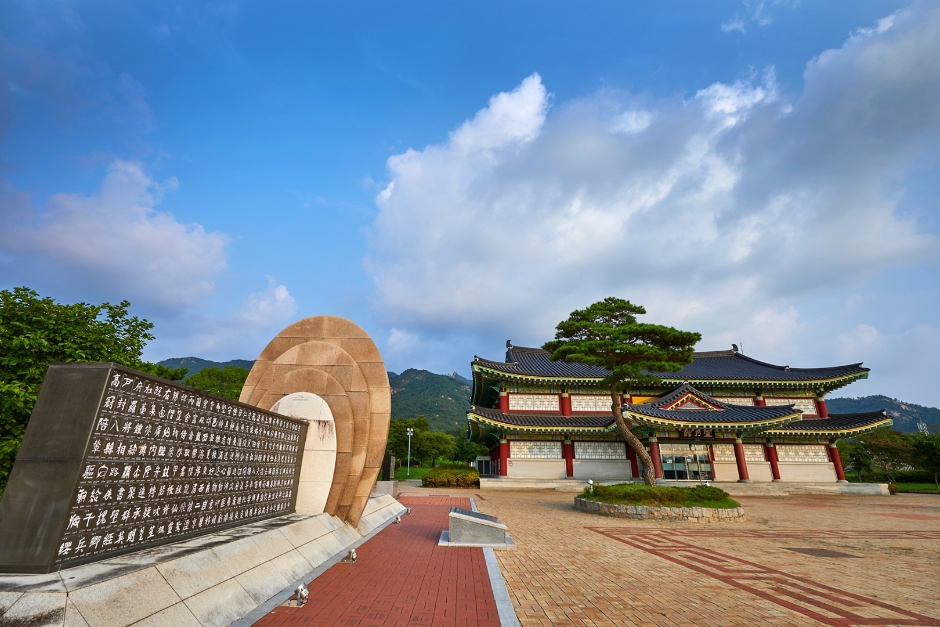
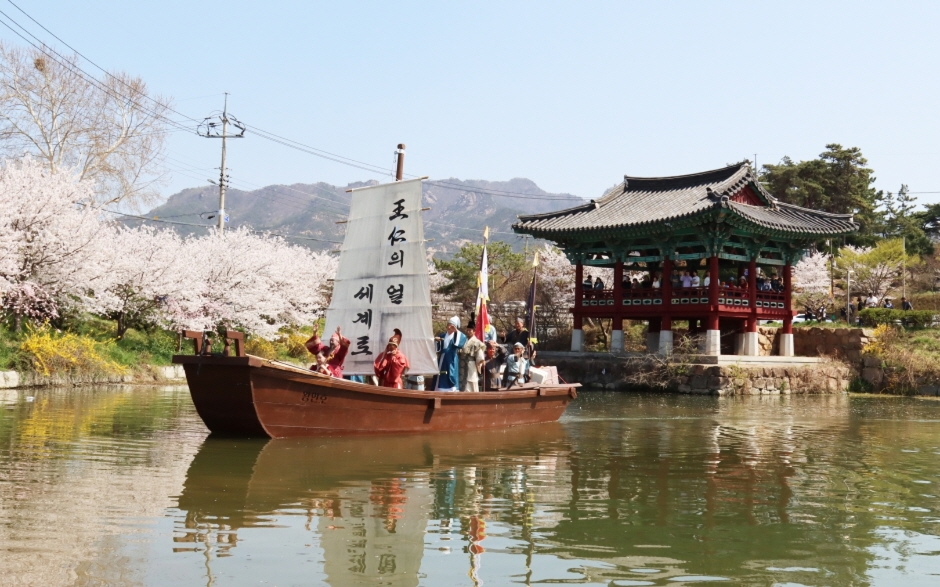
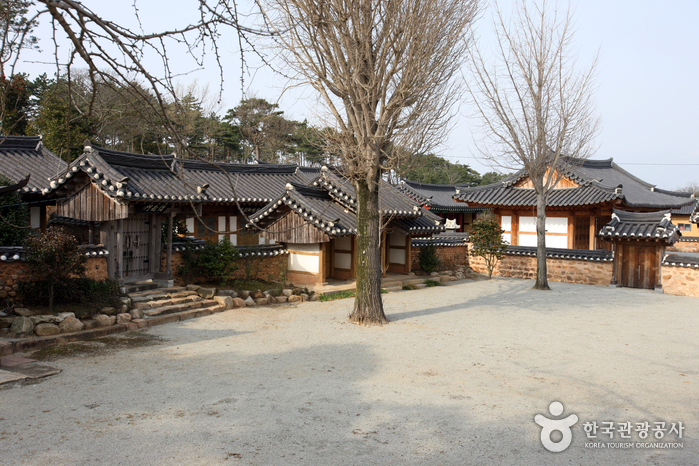
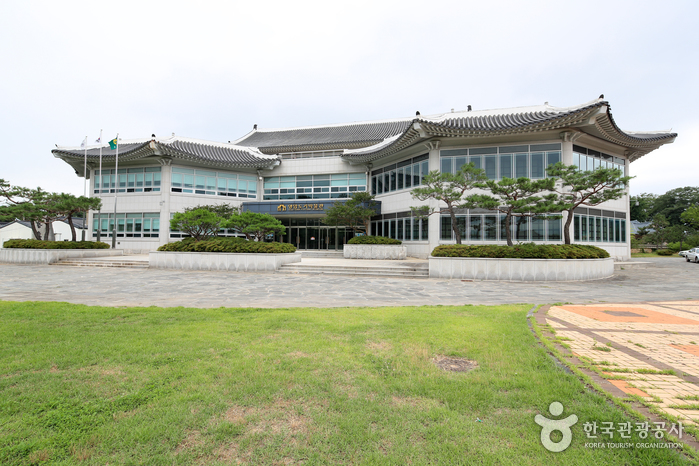
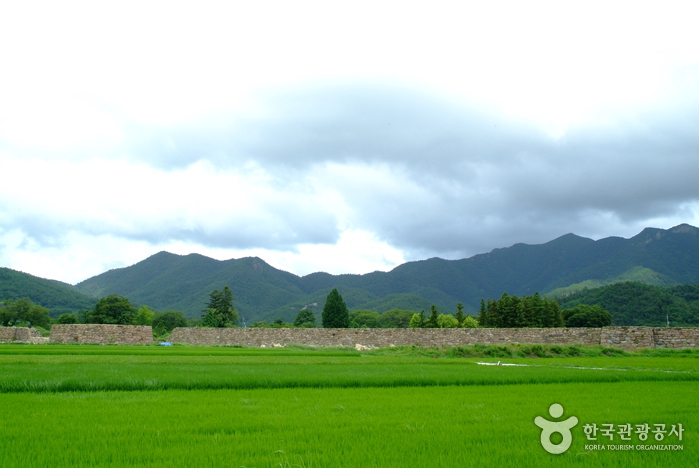
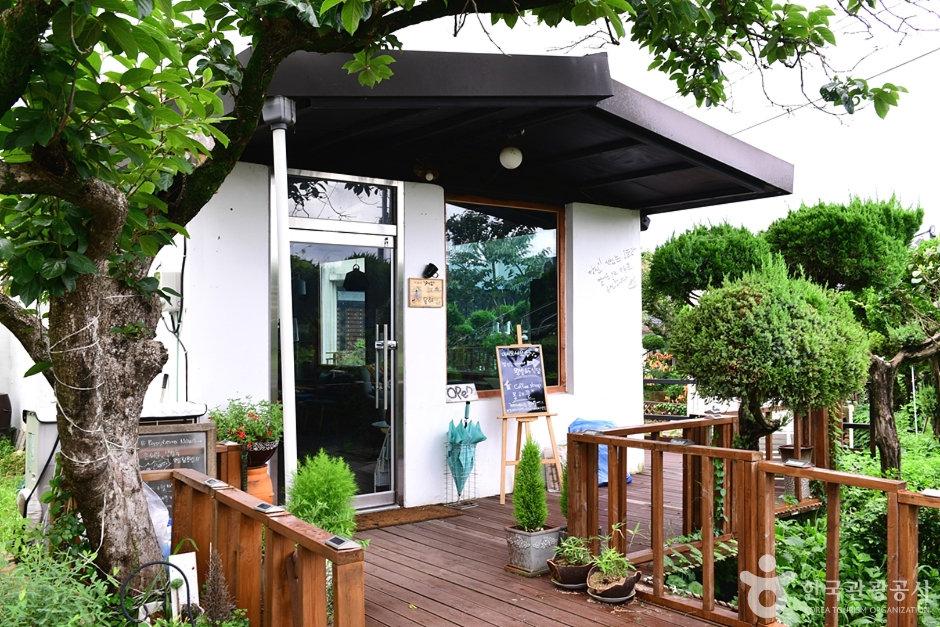
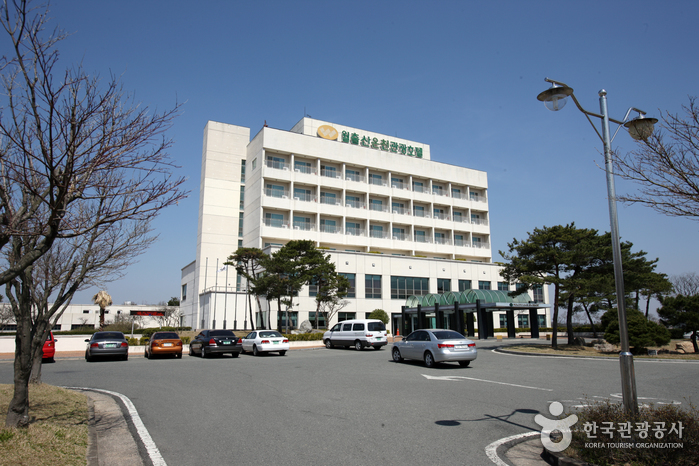
![Worlindang [Korea Quality] / 월인당 [한국관광 품질인증]](http://tong.visitkorea.or.kr/cms/resource/69/2574169_image2_1.jpg)
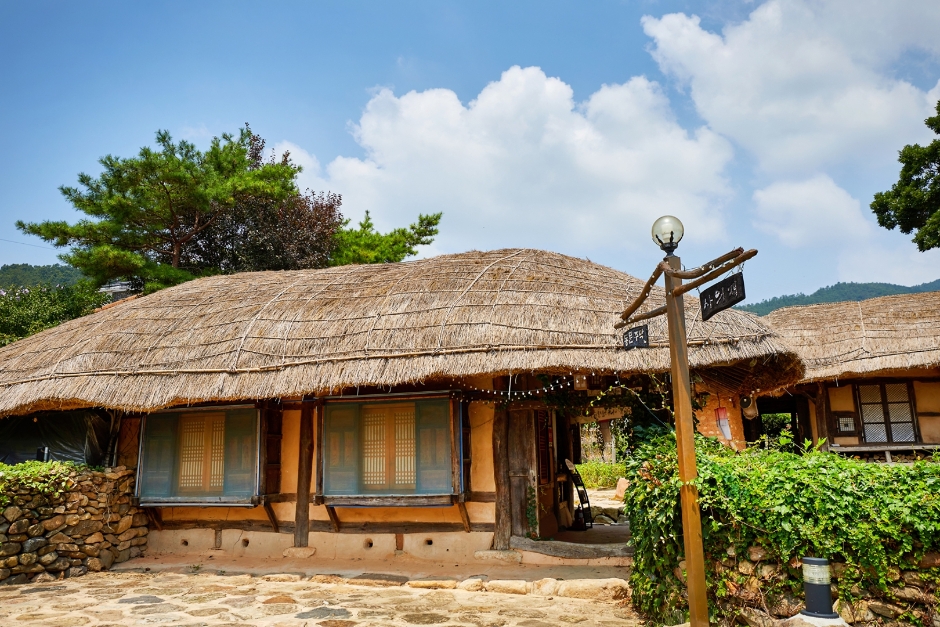
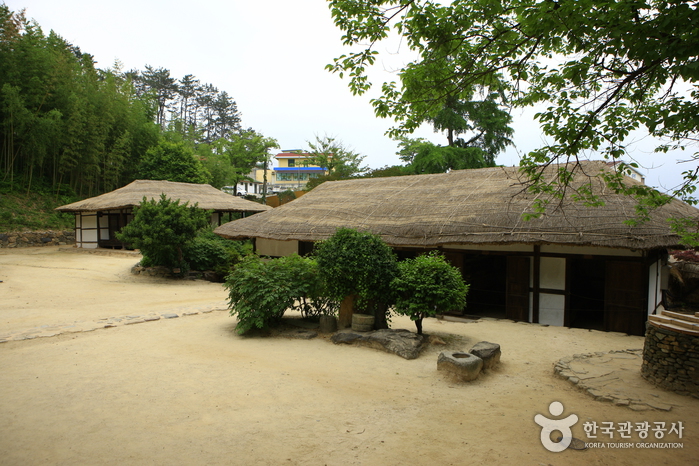
 English
English
 한국어
한국어 日本語
日本語 中文(简体)
中文(简体) Deutsch
Deutsch Français
Français Español
Español Русский
Русский